Incorporating off-road functionality into a road-going motorcycle is difficult, but to do it and price it so well is nothing short of magical.
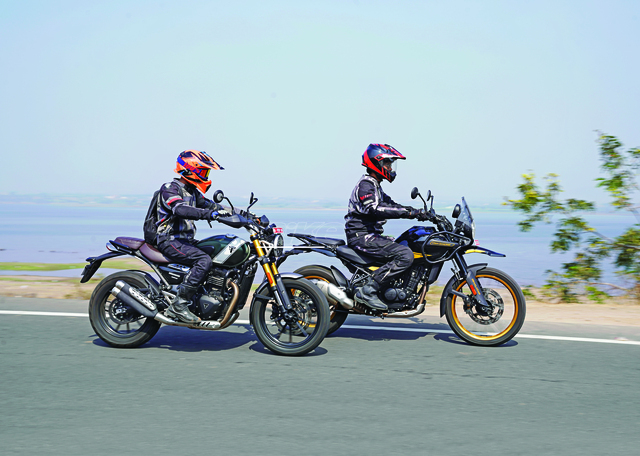
Story: Joshua Varghese
Photography: Sanjay Raikar
With a budget of Rs 3.0 lakh (ex-showroom pricing) and an intense desire to go off-roading or, maybe, even indulge in some touring, some motorcyclists are currently torn between two capable machines with distinctive characters. One is the Royal Enfield Himalayan 450 and the other is the Triumph Scrambler 400 X. We were also similarly perplexed and it was further difficult because they are not products that compete with each other directly. Confusion prevailed for the rest of the day, so early the next morning, Azaman and I left for a ride along a route that offered a bit of everything: winding roads for some fun, highways for some touring, urban congestion that no one wants (but is unavoidable), and the unpredictability of dirt.
The Himalayan 450 is a completely new motorcycle but there are elements that echo familiarity to its predecessor. Royal Enfield have addressed that rather well with the Hanle Black paint scheme. Most of us could not think of anything past the golden wheels that went so well with the motorcycle’s tall and imposing stance. A proper ADV.
The Triumph Scrambler 400 X also gives a sense of déjà vu because we saw its twin sibling, the Speed 400, first. That apart, it is a textbook scrambler. It looks purposeful and certainly cannot be confused for anything else. So far as design goes, both motorcycles are equally matched and no one could call one more beautiful than the other simply because they are true to their respective segments and have an air of purity about them.
If it were up to me, I would have chosen to equip both with cross-spoke wheels that can run tubeless tyres for the sake of perfection. Neither bike offers them at the moment but we know that Royal Enfield have developed those rims and they are currently under homologation. Meanwhile, Triumph have not revealed any plans for the same. Since both have LED lighting, the only other point worth mentioning is the fuel-tank capacity. The ADV obviously holds more fuel—17 litres, to be precise—while the Scrambler holds 13 litres.
Just like the difference in their inherent nature, the level of technology on offer is poles apart. The instrument cluster on the Scrambler has everything a motorcyclist needs. It is laid out clearly and is easy to read as well; a simple and effective unit. However, its simplicity also makes it pale in comparison with the Himalayan’s full-colour TFT console. If one is not nostalgic, it is easy to be overcome by the sheer functionality of that unit. The most useful feature was the navigation mode in which half the screen displayed the route. Since it is supported by Google Maps, it is easy to use and is also familiar. In case one is interested, they can control helmet intercom functions (calls and music) with the switchgear too. However, to use it properly, one needs to keep their phone’s screen on all the time. Neither of us was impressed by that. We appreciate Royal Enfield pushing the boundaries of technology and offering more to their customers, but the current iteration has a few minor flaws that need to be rectified.
There is not much to set these motorcycles apart in terms of quality. Both manufacturers intend to sell them in global markets. The attention to detail and fit-and-finish reflect those intentions well.
When one looks at them separately, it seems like a no-brainer that the Scrambler would be easier to climb on to because the Himalayan just looks larger. The surprise is that the Scrambler’s seat is actually higher (835 millimetres) while the Himalayan’s is not just closer to the ground but can be further lowered thanks to the adjustable seat (825-845 mm). There is also an optional low seat (805-825 mm). In addition to being higher off the ground, the Triumph’s riding position was more provocative. The wide handlebar and seat leave one bearing down on the front end in a stance that seems to say “a little more throttle is good for you”. The lack of any significant bodywork at the front only adds to the visceral experience. The Himalayan rider sits more in the motorcycle with a sizeable amount of material ahead and behind them. With ample wind protection, cruising at triple-digit speeds felt natural on the Himalayan. Furthermore, it seemed better proportioned for my tall frame.
The Scrambler is the “minimal” motorcycle of the two and redeemed itself on urban rides. For its size and heft, the Himalayan was fairly light on its feet but was tougher to use in congested areas when compared to the Triumph. That is one of the reasons why Azaman leaned more towards the dimensions of the Scrambler while yours truly found the Himalayan’s perch more agreeable. He admitted that for his five-foot-seven frame, low-speed manoeuvres were trickier on the Triumph because he had to tiptoe, but since it was 10 kilograms lighter, it was more manoeuvrable at lower speeds. Both motorcycles were similar for me in that regard but, despite being the heavier machine, it was on the Himalayan that I felt the most comfortable.
The engines powering both motorcycles are modern units. Both are liquid-cooled and have four valves and double overhead camshafts. In terms of refinement, there is not much difference between them; they are equally noisy and vibrate just as much. Despite being the smaller of the two, the Scrambler 400 X develops 40 hp and 37.5 Nm of peak torque which is quite close to the Himalayan’s 40 hp and 40 Nm. It is worth noting that while both make peak power at 8,000 rpm, the Himalayan’s peak torque comes in 1,000 rpm earlier at 5,500 rpm. Both motorcycles employ six-speed transmissions. The Triumph’s higher rev ceiling allows it to run a shorter final drive gearing which enables it to produce strong low-end performance.
On the road, it translates into a sense of urgency that is best delivered by the Scrambler. It teases the rider to use handfuls of throttle and rewards them instantly with a sharp response that sends them surging ahead. That made it incredibly fun for quick changes in direction, riding on tight switchbacks, and for quick overtakes in town. All one has to do is point the bike in the right direction and open throttle because the motorcycle always feels like it is raring to go.
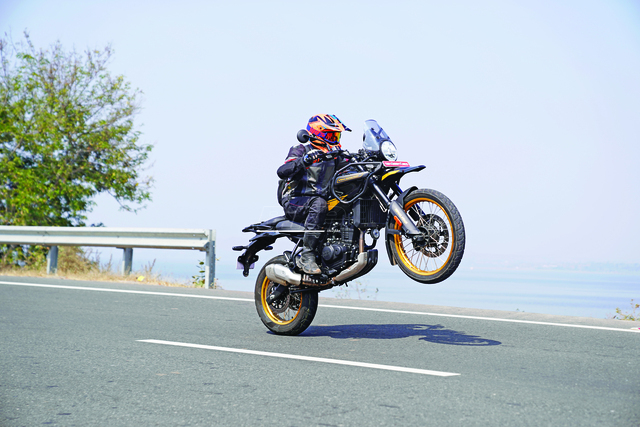
When I switched to the Himalayan immediately, it came off as sedate and sensible. Its taller gearing and progressive power delivery made it seem rather neutral. I could choose to ride it any way I wanted to and it simply complied; be it fast runs on the highway or crawling along trails and so on.
After riding them back-to-back, it felt like the Scrambler had the narrower powerband. Although Triumph have done a commendable job to make it as lively as possible with shorter gearing, it asks for more frequent gear-shifts than the Himalayan for the same stretch of road and the same pace. The Scrambler takes off with gusto and the gearing has optimized the motorcycle’s performance from the low- to the mid-range. The Himalayan comes alive properly early in the mid-range and pulls freely all the way to the red-line.
When I tried riding both motorcycles in fourth gear at 100 km/h, both of them did it admirably well but the Himalayan needed about 1,500 rpm less than the Scrambler for the same speed. In sixth gear, when pulling from 40 km/h, it was immediately evident that the Scrambler has the better initial pull but the Royal Enfield’s strong mid-range and the flexibility of its engine shone through easily. While the Scrambler was exciting to ride fast, it was noticeably easier to carry speed on the Himalayan. Plus, the fact that it does not need to be revved a lot to keep pace makes it less strained and, therefore, more refined too. For example, on a fast, winding section, both motorcycles were equally capable of quick runs up and down the hillside. On the Himalayan, the task was easier.
The Triumph’s road manners were excellent. It is a package that offers ample thrill and control to the rider. Response to input is quick and clinical; the motorcycle will do anything you ask of it without fuss. The ride quality is supple and the bike remains planted through corners and at high speed. That said, the Himalayan just does it better simply because it has better equipment. The 450 uses Showa suspension at either end and the rear monoshock is mounted through a linkage. It also has 200 mm of travel at either end as compared to the Scrambler’s 150 mm. Despite the extra travel and the larger front wheel, the Himalayan’s handling is on a par with the Scrambler’s and that is saying something. Although braking performance is extremely close, by the end of the day, both of us agreed that the Triumph’s brakes felt sharper and stronger.
When the road ended and dirt began, the Scrambler continued to exhibit the same level of aggression. It kept us on our toes as we sought a good balance between speed and traction. Being a little lighter further allowed us to make quick corrections by overpowering the motorcycle. While the Scrambler can make do with a plan that is made on the move, the Himalayan is best enjoyed when one knows what they are doing. Better suspension and an off-road-focused design make it the right tool for an enthusiast but at low speeds, the Himalayan may not play along with an inexperienced rider. At pace, once again, it is the Himalayan that feels more natural in this setting.
When the Triumph Scrambler 400 X was launched, it was instantly popular because not only was it priced reasonably (Rs 2.63 lakh, ex-showroom, December 2023) but it also offered one the chance to enter the Triumph family. While those who always wanted a Scrambler continue to be steadfast in their resolve, the arrival of the Royal Enfield Himalayan 450 appears to have attracted the attention of motorcyclists whose priorities include a good amount of touring and off-roading. For a difference of less than Rs 30,000 (introductory pricing valid until December 2023), the amount of kit and capability that the Himalayan offers is not easy to ignore. At the end of an extremely enjoyable day of riding, our observations are as follows.
If we take price out of the equation for a minute, things are crystal clear. For someone who wants a motorcycle to use primarily in town, on tight roads, and fast trails with the occasional touring duty, the Triumph Scrambler 400 X would be perfect. However, if long distances and hardcore off-road exploration is what the doctor ordered, then the right tool to have is the Royal Enfield Himalayan 450. These are two amazing motorcycles built for two distinctly different types of motorcyclists. The value-for-money element is what causes the confusion. For a rider who knows exactly what they want, only one of these motorcycles will be a clear choice.
Watch the full video review here:
Also Read: Yamaha YZF-R3 First Ride Review


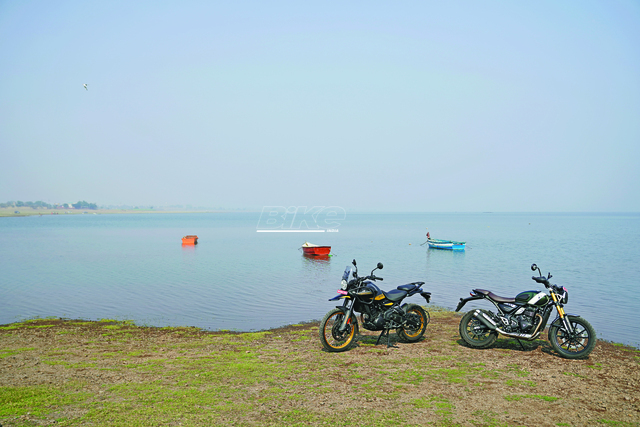
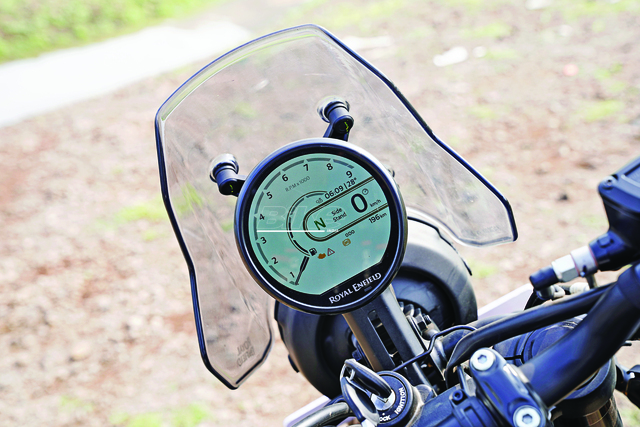
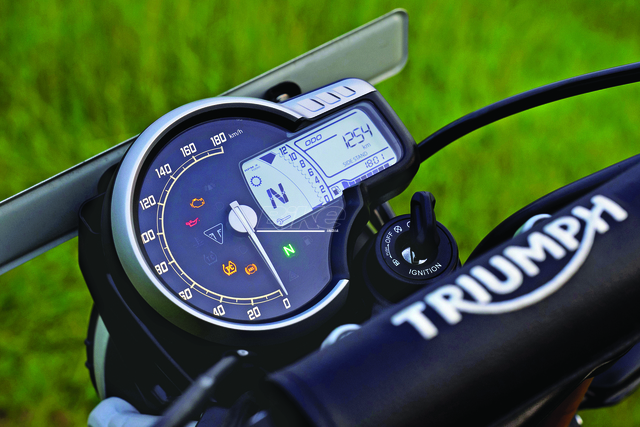
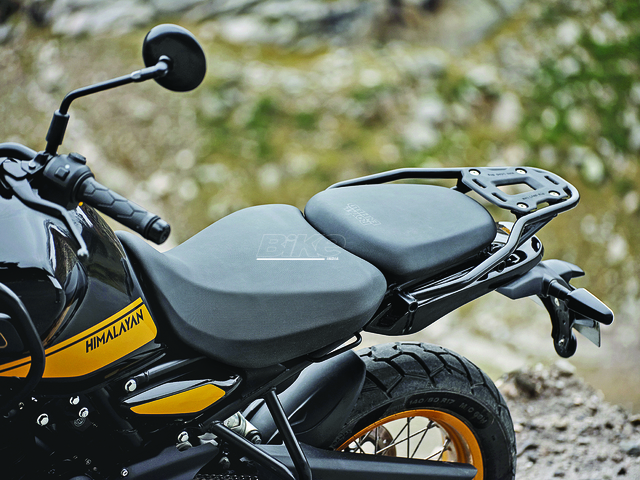
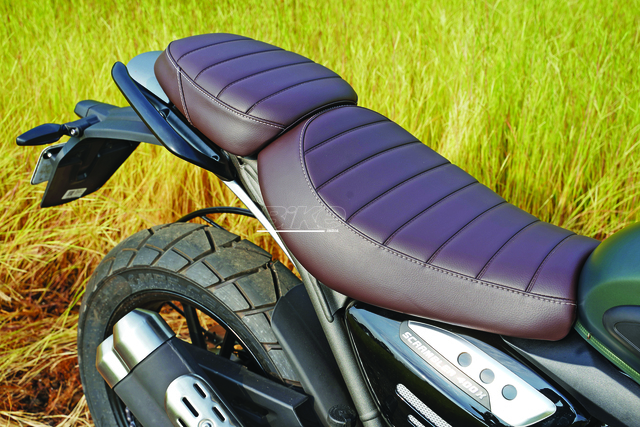


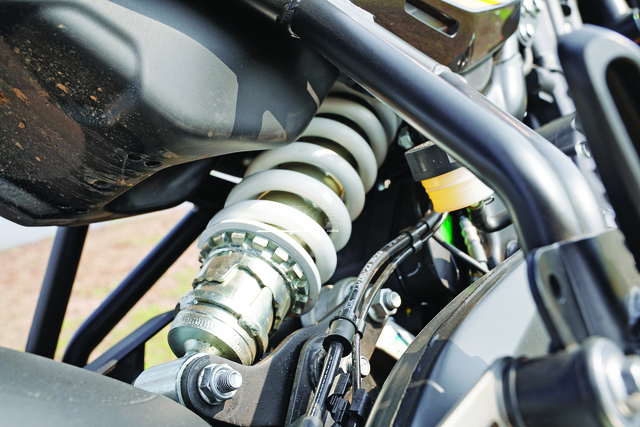
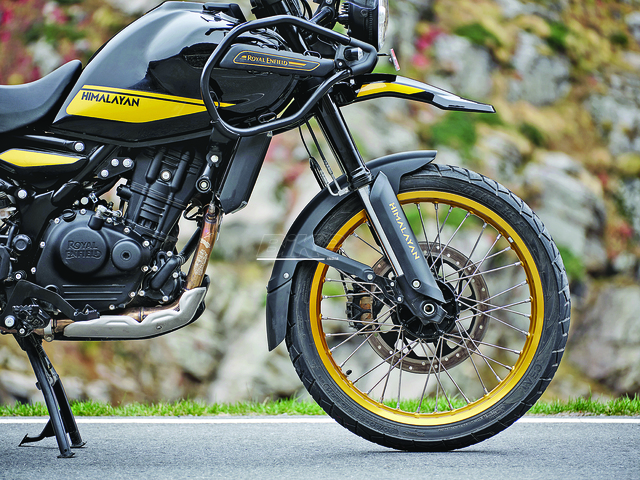
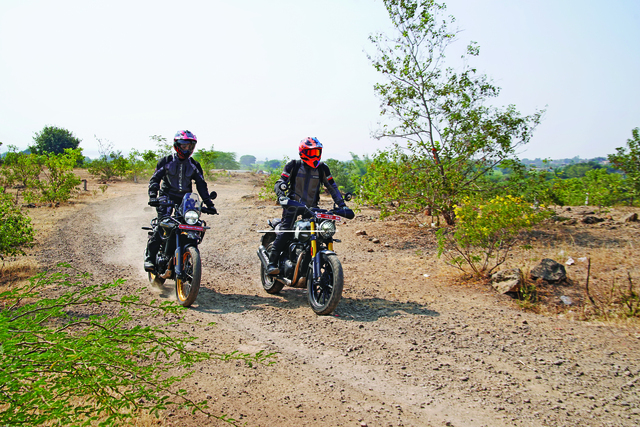
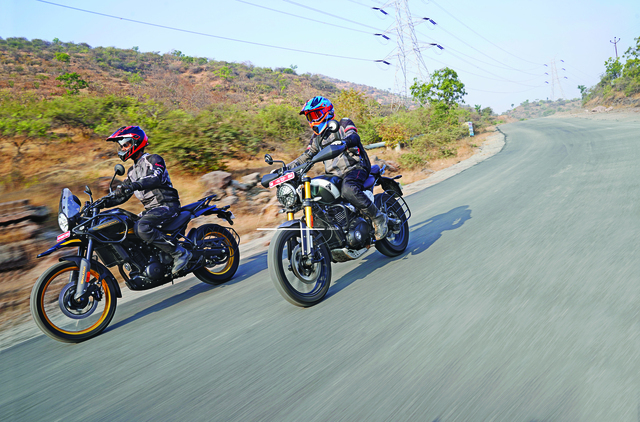

Leave a Reply